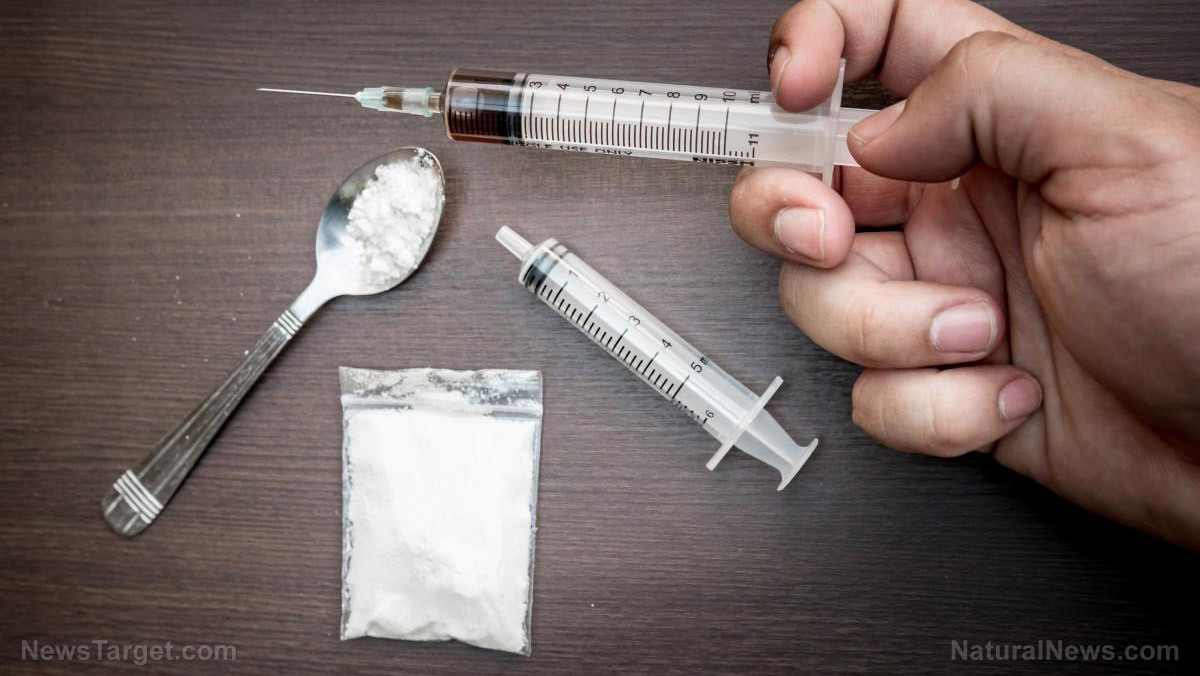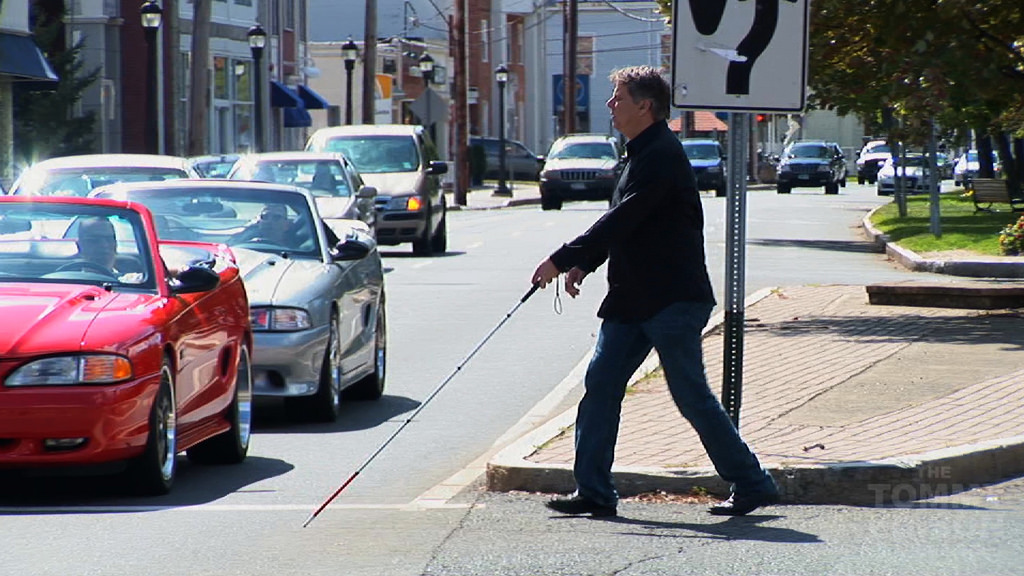
The railroad stretch was frequented by drug addicts who were known to converge in the area following their transactions with the surrounding open-air drug market. Residents in the area have notably diminished quality of life, largely due in part to the ongoing heroin trade.
“I’d be remiss if I didn’t say that, for them, this announcement is long overdue. They deserved faster action from all of us standing up here today. Over the years, thousands of addicts and drug dealers have used this property as an open-air drug market, and the community has been subjected to the public health problems, crime, and negative impact to quality of life," Philadelphia Mayor Jim Kenney said in NBCPhiladelphia.com.
Pennsylvania Rep. Robert Brady was touted to be the main driver for the agreement between the city and the railroad company that owns the notorious property. "I am pleased today that an agreement was reached that will end what really has been a drug hell that has lasted too long in a city neighborhood," Brady told USNews.com. "We had to decide who was going to clean what, all that hazmat kind of stuff. It had to be more than just clean up and walk away. But we got it done, and it’s a long-term thing," Brady said in a separate statement in Philly.com.
Part of the train tracks located on land owned by Conrail serves as an encampment to about 75 heroin-addicted people who have put up plywood shacks that resemble a hospital where a certain "doctor" assists otherwise squeamish drug addicts in injecting heroin and fentanyl into their systems. The area, which has been recently labeled "Hell on Earth" by renowned health expert Dr. Mehmet Oz, gained national attention for its significantly high rates of opioid-related deaths. According to the Philadelphia health department, 907 people suffered fatal drug overdose in the city in 2016 alone. More than 80 percent of drug overdose cases were associated with opioid overuse.
Details of the Philadelphia-Conrail agreement
The new deal entailed more than seven months of negotiations before coming up with an agreement between Philadelphia and Conrail. Under the agreement, Philadelphia will provide housing and drug addiction services to people living in the area. The city is also slated to carry out quality-of-life improvements in the surrounding areas.
On the other hand, Conrail has agreed to rid the area of vegetation in order to create clear sight lines from street level. Conrail has also agreed to clear the area of trash, used needles, and dumped debris. In addition, fencing will be erected to discourage trespassing. Furthermore, the deal will employ more police officers in the area. The city and the railroad company are slated to commence with the clean-up next month.
Philadelphia's Licenses and Inspections department has already doled out $600,000 to seal dozens of vacant buildings in the area. On the other hand, the city's Streets Department spent another $230,000 to upgrade street lighting. The city is expected to haul between 30 to 40 tons of illegally-dumped trash from the area on a monthly basis.
In addition to the clean-up drive, the site is expected to be converted into a parking lot that will serve a new 50-unit senior housing complex. HACE is slated to develop the housing complex, called Casa Indiana, located at the Second and Indiana Streets.
Sources include:
Please contact us for more information.























